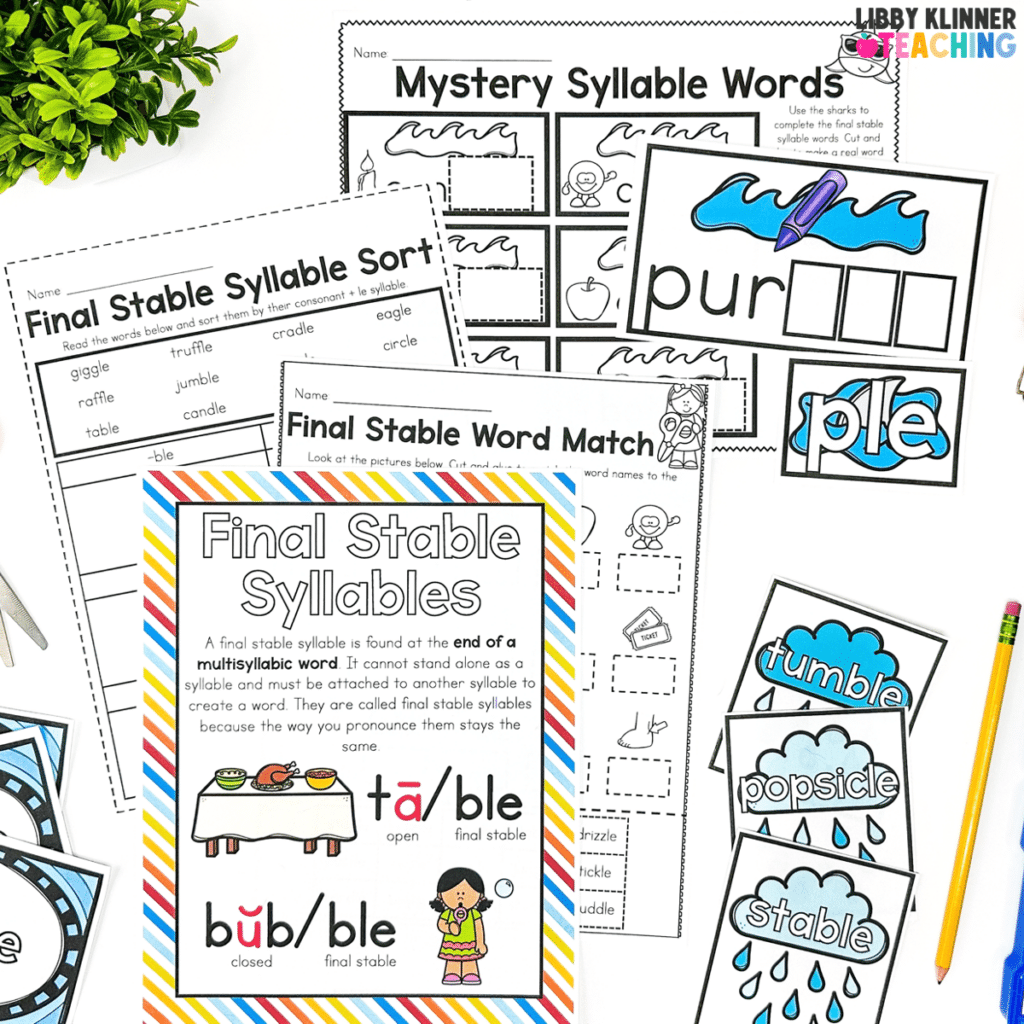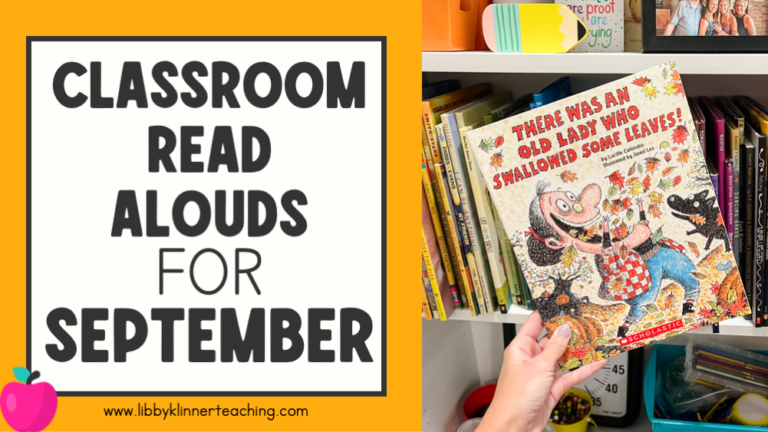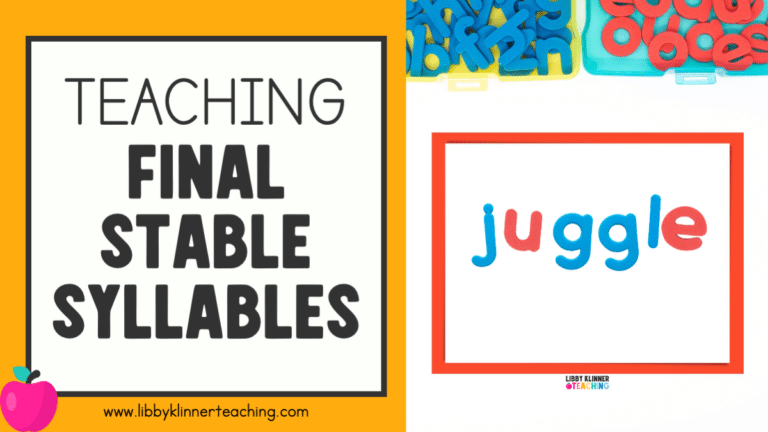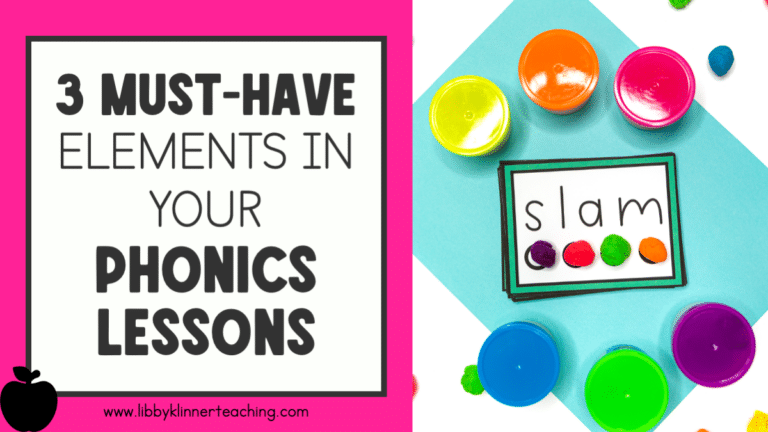What are the 6 Syllable Types?

If you’ve received any formal training in phonics, you may have encountered the 6 syllable types. I first learned about these in my Orton-Gillingham training and it rocked my teaching world!


Understanding the 6 syllable types will help your students decode unknown words. So let’s dive int!

Why should we teach about the 6 syllable types?
As students are learning to read, it is important to help them recognize patterns and understand syllable types so that they can break the words into smaller, more manageable chunks. Not only will knowing the 6 syllable types help them chunk word parts, but it will also help students learn to spell these words correctly and identify roots, prefixes, and suffixes. Teaching the 6 syllable types will give students more confidence when they come across an unfamiliar word.

What is a syllable?
A syllable is a part of a word that has a single vowel sound and is pronounced as a unit. For example, the word dinner has two syllables – din/ner. It’s important that students are exposed to syllables very early on in their reading instruction. The ability to hear syllables within words is a crucial building block in decoding. You should not dive into the 6 syllable types until your students have both a solid understanding of phonemic awareness and the ability to hear syllables within words.
6 Syllable Types: Closed Syllables
A closed syllable is a vowel that is ‘closed in’ by one or more consonants, such as mom or black. The ‘door’ is closed by the consonant so the vowel cannot say its name; it’s a short vowel sound. This is typically the first syllable type that we teach students. It is easily taught after students have mastered CVC words with short vowel sounds.
6 Syllable Types: Open Syllables
The vowel is at the end of this syllable and is not ‘closed in’ by a consonant, such as me or go. The ‘door’ is open, so the vowel says its name. It’s a long vowel sound. Knowing this syllable type is very helpful to students who are learning about long vowel sounds. It explains words like be or no and help students begin to decode multisyllabic words like robot.
Looking for resources to support your students who are learning about open and closed syllables?
6 Syllable Types: Silent E Syllables
Sometimes called ‘magic e’ or ‘sneaky e,’ the e at the end of this syllable indicates that the vowel sound is long, such as ride or poke. It’s convenient to teach this syllable type when you teach CVCe words. If your students are able to read silent e words like bake, home, and pine, they are ready to begin exploring CVCe syllables. Words like cupcake, explode, and bathrobe contain CVCe syllables. Students must have a solid foundation of open and closed syllables as well as final e one syllable words before tackling CVCe syllables.
Looking for resources to support your students learning about Silent E syllables?
6 Syllable Types: Vowel Team Syllables
This syllable has two vowels next to each other. They usually work together to make one sound, such as team or goat. If your students are able to read vowel team words like coal, meet, and rain, they are ready to begin exploring vowel team syllables. Words like repeat, railroad, and indeed contain vowel team syllables. Students must have a solid foundation of open and closed syllables, CVCe syllables, and one syllable words with vowel teams before tackling vowel team syllables.
Looking for resources to support your students learning about vowel team syllables?

6 Syllable Types: R-Controlled Vowel Syllables
This syllable contains a vowel followed by the consonant r. The r changes the vowel sound so that it is no longer short, such as start, turn, or her. If your students are able to read r-controlled vowel words like bark, fern, and cork, they are ready to begin exploring r-controlled vowel syllables. Words like turkey, circus, and burden contain r-controlled vowel syllables. Students must have a solid foundation of open and closed syllables, CVCe syllables, and one syllable words with r-controlled vowels before tackling r-controlled vowel syllables. In these activities students will practice identifying syllables within the word that have an r-controlled vowel.
Looking for resources to support your students learning about r-controlled vowel syllables?
6 Syllable Types: Consonant-le or Final Stable Syllables
In this syllable type, the e is not usually produced, such as cuddle or puzzle. These syllables occur at the end of the word. They don’t have a true vowel sound. Final stable syllables cannot stand alone, meaning that they must be attached to another syllable. They are called ‘final stable syllables’ because they always appear at the end of a word and their pronunciation does not change.
As little readers grow stronger reading closed and open syllables along with two syllable words (like rabbit or robot), you can introduce final stable syllables. The only letter that changes in this syllable type is the consonant before the le (ble, fle, or gle). Want to read more about this syllable type? Check out this blog post!
Looking for resources to support your students learning about final stable syllables?
I hope this helps you when you’re teaching your syllable division lessons!
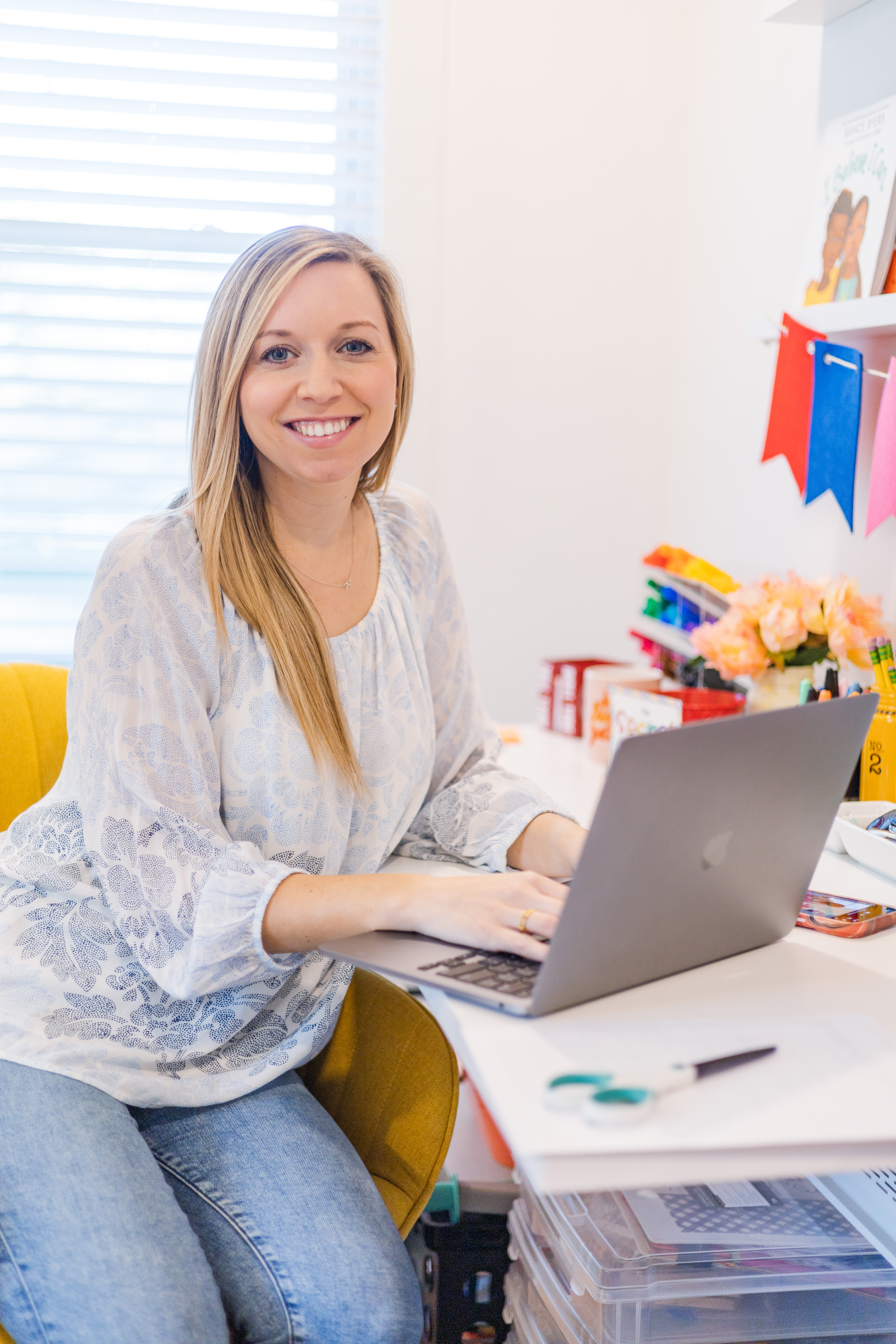
Hi, I’m Libby!
I’m so happy you’re here! I love all things first grade – the curriculum, the content, and the sweet kiddos. I’m passionate about helping K-2 teachers save time in the classroom with fresh ideas and fun, engaging resources.





